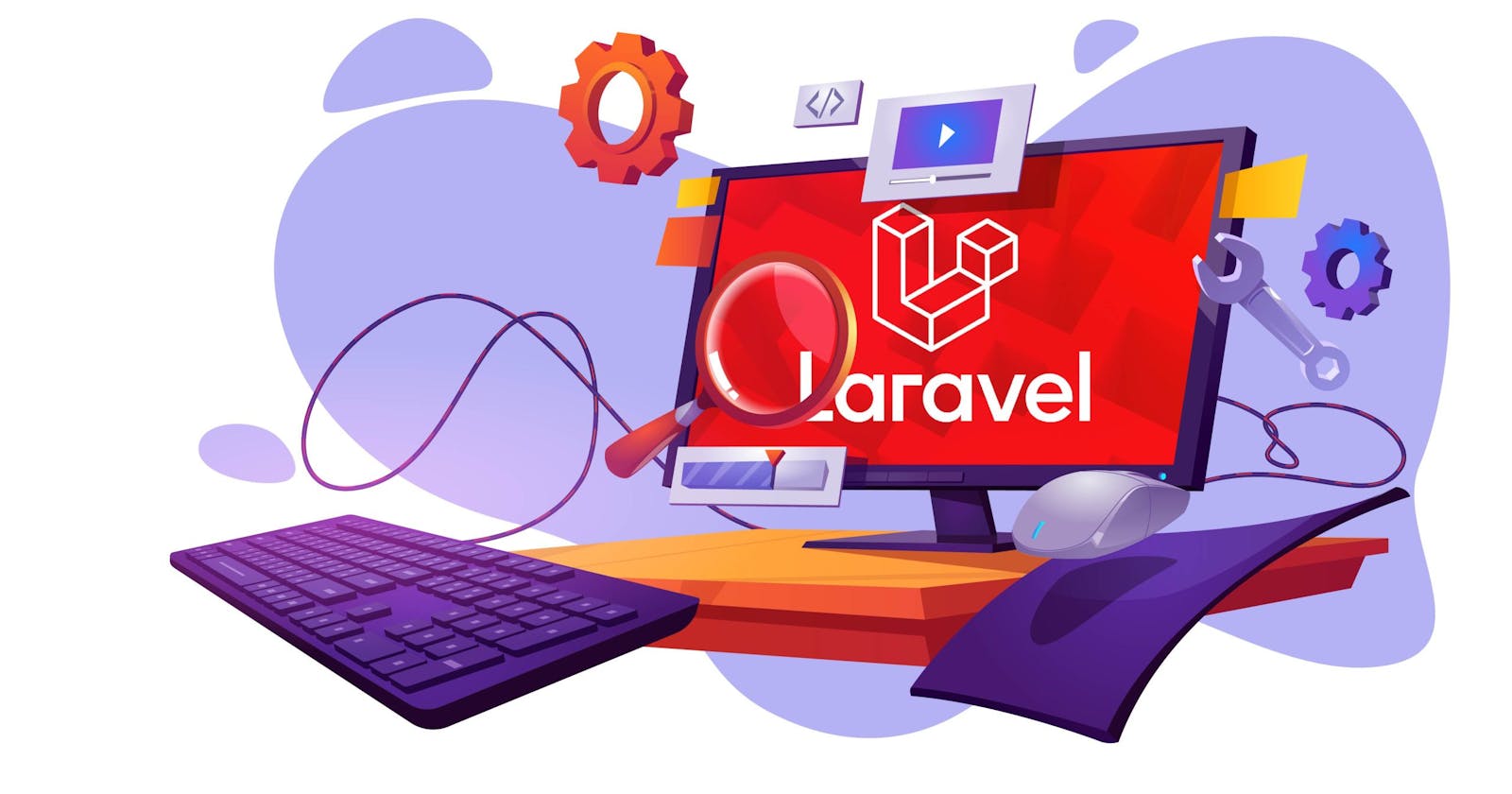Table of contents
Introduction
Welcome back to "Building with Laravel: A Guided Series for Beginners." In our previous episodes, we covered the basics of Laravel installation and setting up a development environment. Today, we'll dive into one of the fundamental aspects of Laravel: its folder structure.
Laravel Folder Structure
Laravel's folder structure is designed to follow a specific organization pattern, making it easy to navigate and maintain your application's codebase. Understanding this structure is crucial for every Laravel developer, as it helps you locate files and implement features efficiently. So, let's take a closer look at the folders and files you'll encounter in a typical Laravel project.
Upon creating a new Laravel project, you'll find the following main folders and files:
app: This directory serves as the heart of your Laravel application. It contains your application's core code, including models, controllers, middleware, and more. The
appfolder is where you'll spend most of your development time.bootstrap: The
bootstrapfolder contains files that are responsible for bootstrapping and initializing your Laravel application. You'll rarely need to modify files within this folder.config: The
configfolder houses all the configuration files for your application. Here, you can modify settings for various components, such as database connections, service providers, and more.database: Laravel's
databasefolder contains migrations, seeds, and factories. Migrations allow you to manage database schema changes, while seeds provide a convenient way to populate your database with dummy data. Factories help you generate fake data for testing purposes.public: The
publicfolder is the entry point for your application. It contains theindex.phpfile, which serves as the front controller for all incoming HTTP requests. Thepublicfolder also holds publicly accessible assets like images, CSS, JavaScript, and compiled assets.resources: The
resourcesfolder is where you store your application's non-PHP resources. This includes views, language files, and raw assets like SASS or LESS files. Views are stored within theviewssubfolder, while language files reside in thelangsubfolder.routes: The
routesfolder contains all the route definitions for your application. Routes define how your application responds to different HTTP requests. You can define routes in several files within this folder, such asweb.phpfor web routes andapi.phpfor API routes.storage: Laravel uses the
storagefolder to store various files generated by the framework, such as logs, cached views, and session data. It also provides astorage/app/publicdirectory for storing user-uploaded files, which can be accessed publicly.tests: The
testsfolder is where you write automated tests for your application. Laravel comes with a testing framework that makes it easy to write and execute tests to ensure your application functions as expected.vendor: The
vendorfolder houses all the third-party libraries and dependencies installed via Composer, Laravel's dependency manager. You'll rarely modify files within this folder, as it is managed by Composer.resources/views: Within the
resourcesfolder, you'll find theviewssubfolder. This is where you'll store all your application's blade templates. Blade is Laravel's powerful templating engine that allows you to create dynamic and reusable views. The "views" folder typically contains multiple subfolders, each representing a different section or feature of your application.
The "views" folder plays a crucial role in Laravel's folder structure as it houses the templates responsible for generating the user interface and displaying information to users. Understanding how to structure and leverage the "views"
folder will empower you to create visually appealing and dynamic web applications with Laravel.
Laravel Folder Structure (Visual Representation)
my-laravel-project/
├── app/
├── bootstrap/
├── config/
├── database/
├── public/
├── resources/
│ ├── lang/
│ └── views/
├── routes/
├── storage/
│ ├── app/
│ ├── framework/
│ └── logs/
├── tests/
└── vendor/
These are the core folders you'll encounter in a Laravel project. Keep in mind that Laravel follows the MVC (Model-View-Controller) architectural pattern, and the folder structure aligns with this design philosophy. However, as your application grows, you may introduce additional folders and files to organize specific functionality.
Conclusion
Understanding Laravel's folder structure is crucial for efficient development and collaboration. It provides a clear separation of concerns and allows you to locate and modify code easily. With this knowledge in hand, you're well-equipped to dive deeper into Laravel and build robust web applications.
That's it for this episode! In our next installment, we'll explore "Laravel Fundamentals: Exploring the core concepts of Laravel, such as routing, views, models, controllers, migrations, and database interactions."
If you found this series helpful and want to support our series, there are a few things you can do:
Share the knowledge: Spread the word about this tutorial series to your friends, colleagues, or anyone who might be interested in learning Laravel. The more people we can reach, the more we can help aspiring developers.
Engage with us: Leave comments on our blog posts or YouTube videos, asking questions or providing feedback. Your engagement helps us understand your needs better and deliver content that addresses your concerns.
Donate: If you find value in our tutorials and would like to contribute financially, you can consider making a donation. Your support allows me to continue producing quality content and improving the learning experience for our audience.
Subscribe and follow: Subscribe to our blog or YouTube channel I plan on also doing video content soon. Also follow me on social media to stay updated with the latest episodes, tutorials, and announcements. By staying connected, you'll never miss an opportunity to enhance your Laravel skills.
Thank you for being a part of my Laravel series. Your support and engagement mean the world to me. Together, let's make the journey of learning Laravel an exciting and fulfilling experience. See you in our next episode.
Happy coding!
